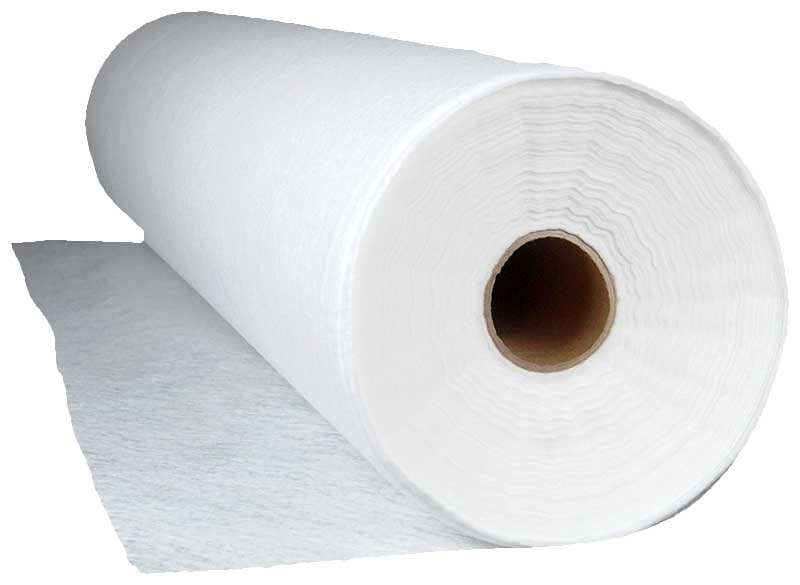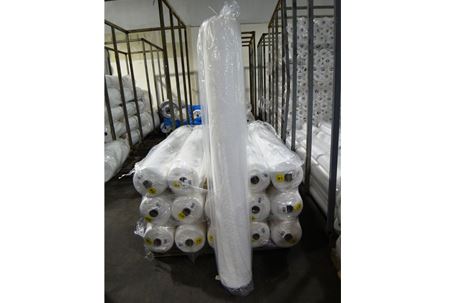Winter Plant Protection: How to Keep Your Plants Safe from Cold Weather
As temperatures drop and frost sets in, protecting your plants during winter becomes essential for preserving the
beauty and health of your garden. Winter plant protection helps prevent frost damage, keeps plants
insulated, and extends the growing and flowering period through colder months. Below, we’ll explore practical ways
to protect your plants and the tools you can use to keep them thriving even in freezing weather.
Why Winter Plant Protection Matters
Winter weather can wreak havoc on unprotected plants. Cold winds, frost, and ice can damage delicate leaves and
roots, leading to stunted growth or even plant death. By implementing effective protection strategies, you can
safeguard your investment in plants, ensuring that perennials, shrubs, and young trees survive the winter and come
back strong in spring.

Garden plants affected by frost
Top Tools for Winter Plant Protection
- Frost Blankets and Covers: Lightweight and breathable fabrics that shield plants from frost
while allowing airflow and moisture penetration.
- Mulching: Organic mulch like straw, wood chips, or leaves insulates roots and maintains soil
temperature.
- Plant Cloches: Individual domes that cover small plants or seedlings, trapping heat and
moisture inside.
- Windbreaks: Barriers such as burlap screens that reduce cold wind exposure to sensitive plants.
- Garden Fabric with UV Protection: Specialized material that prevents frost damage and resists
UV degradation for multi-season use.
How to Protect Your Plants from Frost
Protecting plants from frost involves covering them properly and insulating the soil. By trapping ground heat and
shielding leaves from ice, you give plants a better chance of survival. Whether covering individual plants or entire
beds, using breathable fabric is essential to prevent condensation and mold.

Plants safely covered with frost blankets for winter protection.
Step-by-Step Guide to Winter Plant Protection
- Identify vulnerable plants: Focus on young trees, perennials, and any sensitive plants in your
garden.
- Apply mulch around the base: Insulate roots with a thick layer of mulch (2-4 inches deep).
- Cover plants before nightfall: Drape frost blankets or garden fabric over plants in the late
afternoon to trap heat.
- Secure the edges: Use rocks, pins, or stakes to prevent covers from blowing away in the wind.
- Remove covers during the day (optional): If temperatures warm up, uncover plants to allow
sunlight and airflow.
Who Should Use Winter Plant Protection?
Winter plant protection is ideal for:
- Home gardeners wanting to protect perennials, flowers, and vegetables.
- Landscapers ensuring the survival of newly installed plants and shrubs.
- Commercial growers safeguarding crops from frost damage.
- Nurseries protecting inventory from winter loss.
Conclusion
Winter doesn’t have to spell disaster for your garden. With effective winter plant protection
strategies—like frost blankets, mulch, and windbreaks—you can ensure your plants survive and thrive, ready to bloom
beautifully in spring.
Contact us today to learn more about the best winter protection options for your plants.











